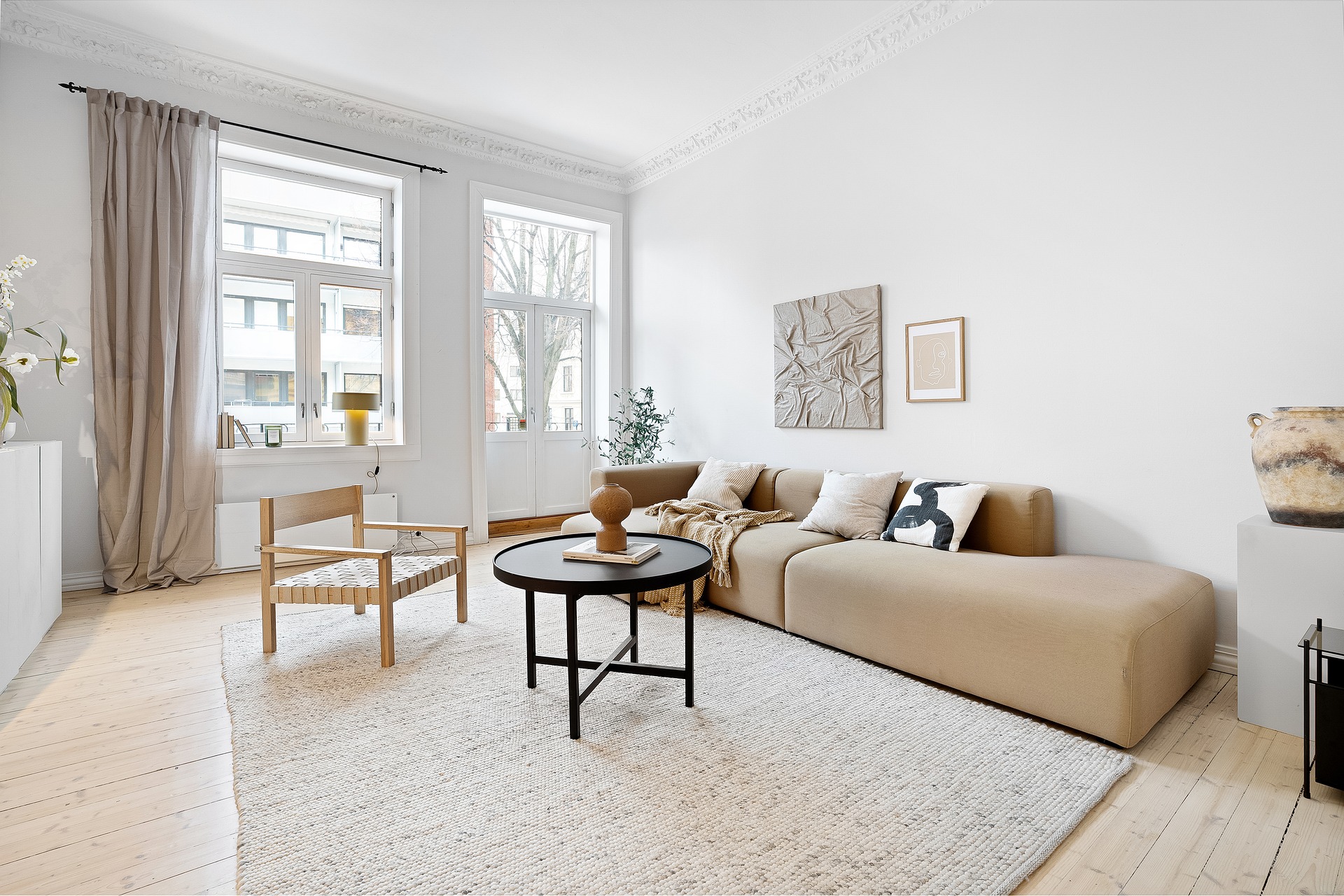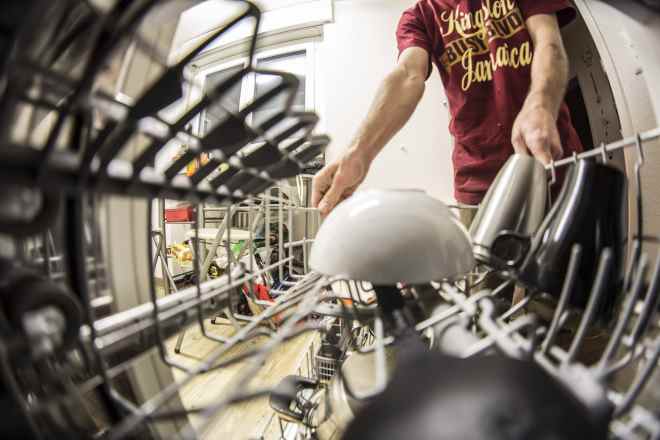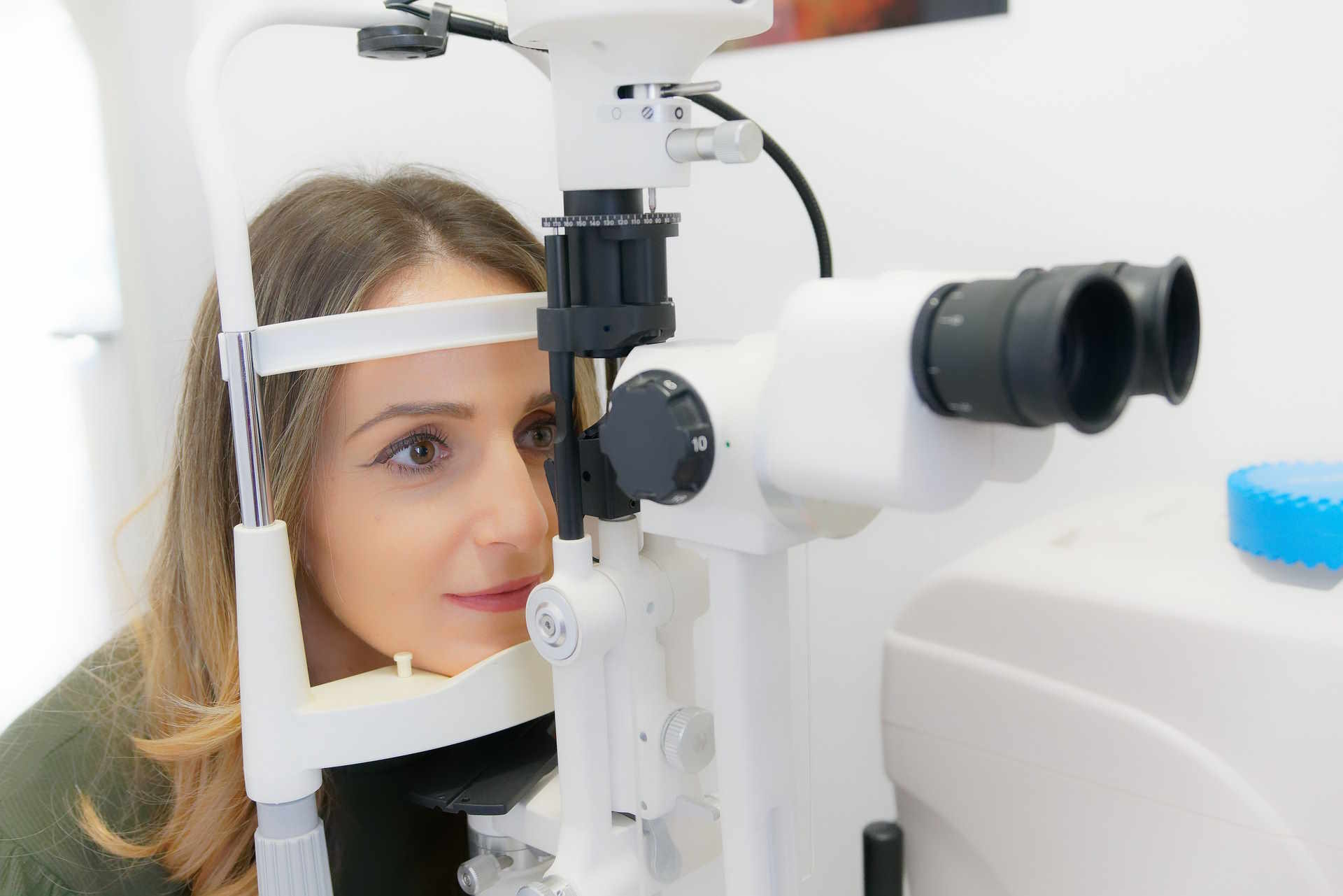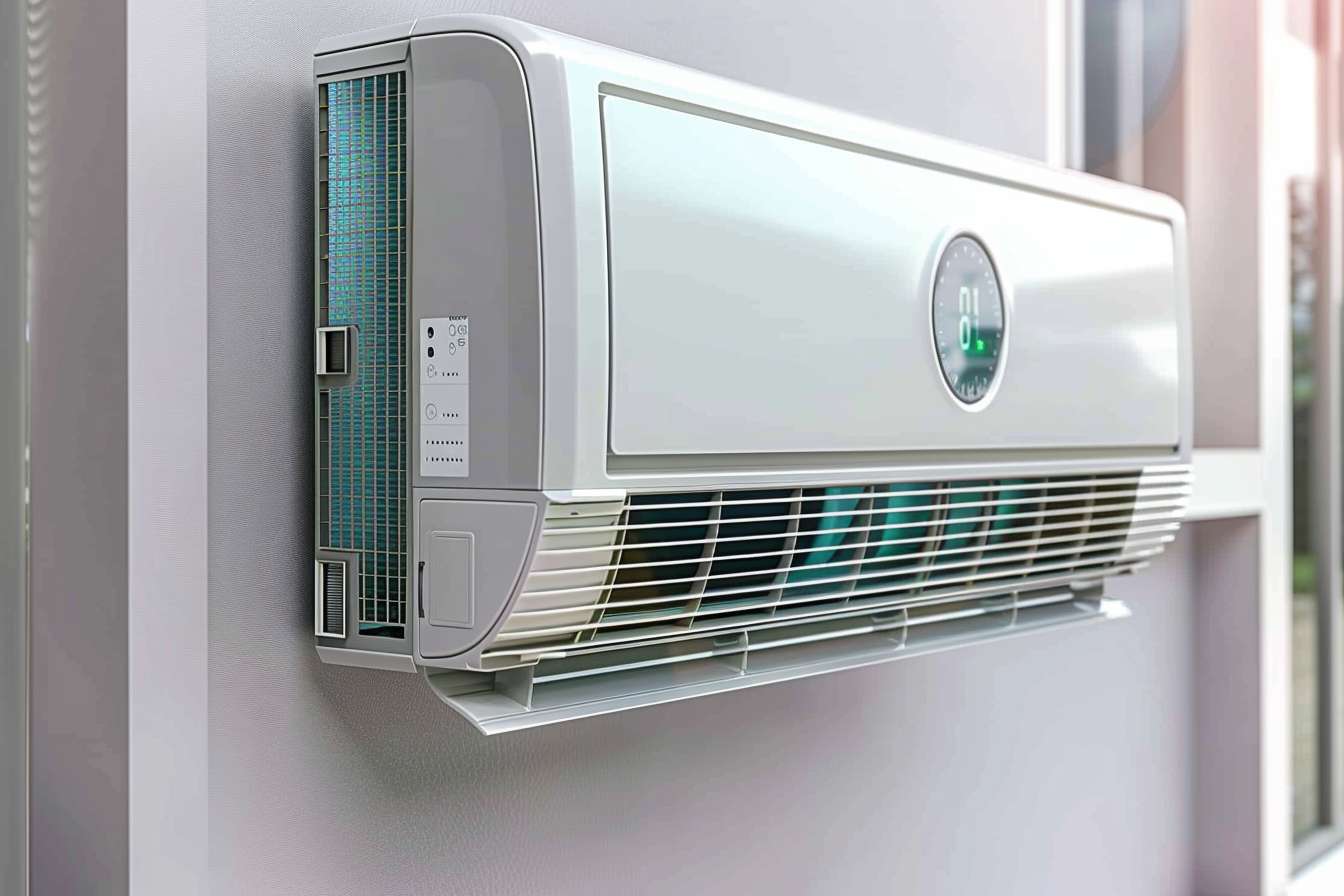Innovative Home Design: Utilizing Multi-Functional Spaces
Introduction: Imagine a world where you could transform your home office into a yoga studio with just a few swift movements. Or envision your guest room doubling as an art studio. Welcome to the era of multi-functional spaces, a home design trend that blends creativity, functionality, and smart use of space. This innovative approach offers practical solutions to modern living, especially in smaller homes or apartments.
The Genesis of Multi-Functional Spaces
The concept of multi-functional spaces has historical roots in architecture and design. Traditional Japanese homes, for instance, often featured rooms that served multiple purposes, utilizing movable screens to alter the space. The trend has gained significant traction in recent years due to urbanization and the rise of small-space living. Today, the multi-functional room is not just a necessity but a symbol of smart, sustainable design.
Current Multi-Functional Design Trends
Designers are constantly reimagining ways to create multi-functional spaces. Transformable furniture is a popular trend, with pieces that can adapt to different uses. Murphy beds, extendable tables, and ottomans with storage compartments are all examples. Another trend is the semi-open floor plan, which uses elements like sliding partitions and curtain dividers to create flexible spaces.
The Practicality of Multi-Functional Spaces
Multi-functional spaces are more than just a design trend—they’re a response to the evolving demands of modern living. With remote work becoming the norm and hobbies now largely home-based, our living spaces need to cater to these shifts. Multi-functional rooms allow for this flexibility, seamlessly blending work, play, and rest.
Market Trends and Daily Living Enhancements
Research shows that multi-functional furniture is set to experience a growth rate of 7.5% from 2020 to 2024. This is indicative of the increasing demand for versatile spaces. Beyond market trends, multi-functional design significantly enhances daily living. It allows for better space utilization, reduces clutter, and creates an adaptable environment that can change according to your needs.
The Future of Multi-Functional Spaces
As architects and designers continue to push the boundaries, we can expect the trend of multi-functional spaces to evolve further. Concepts like modular homes, robotic furniture, and smart spaces that can “learn” and adapt to their inhabitants’ needs are already being explored. These innovations hint at an exciting future where our living spaces are not just static environments but dynamic entities that change and grow with us.
In conclusion, multi-functional spaces represent a convergence of aesthetics, practicality, and innovation. They are a testament to the power of smart design and its potential to transform our everyday lives.





